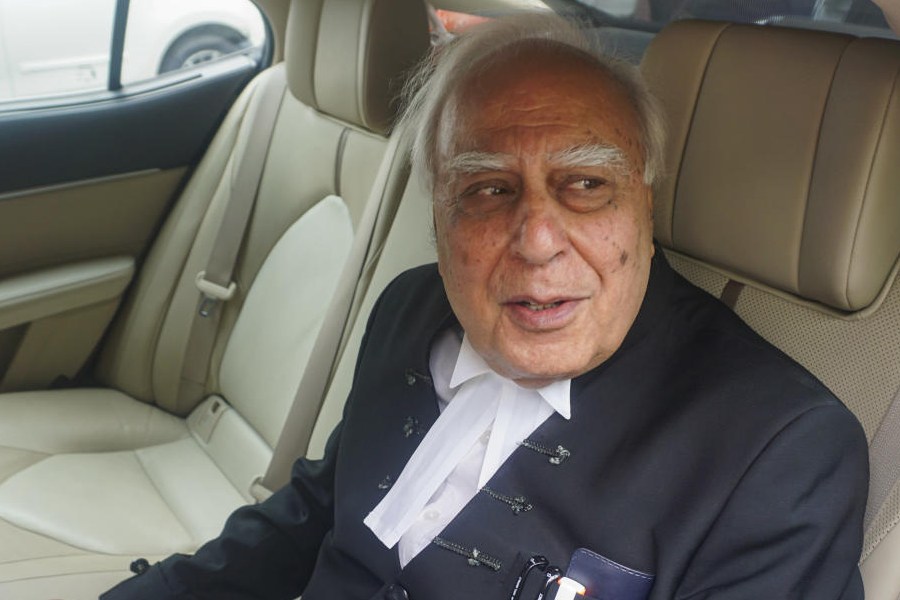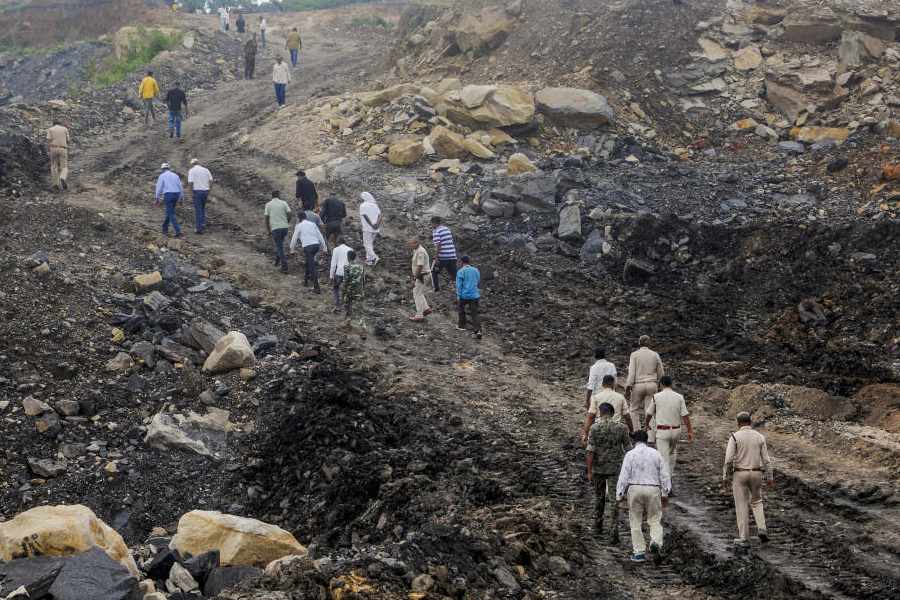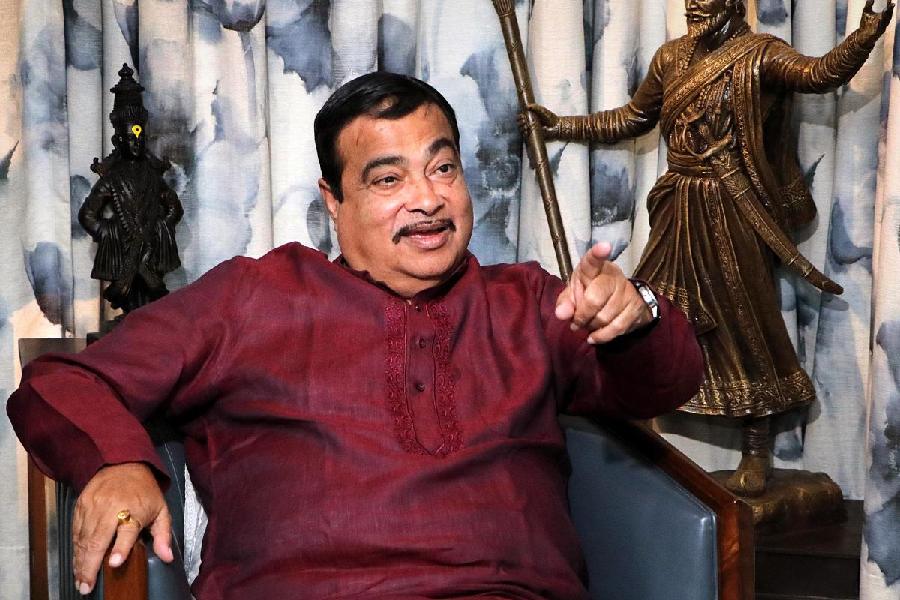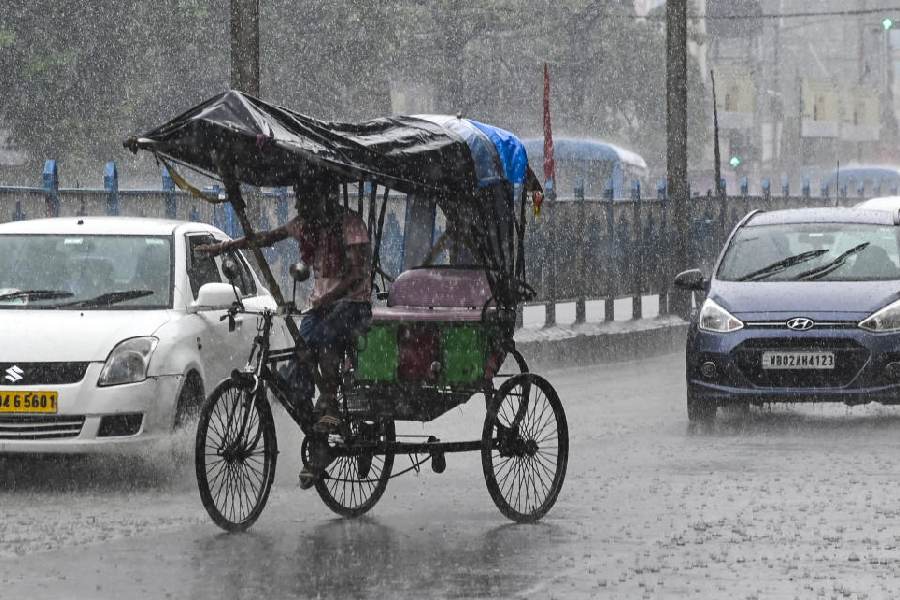
The comprehensive Patna master plan (2015-2031) promises to open a vista of opportunities so far as the city's development is concerned but experts and town planners have mixed reactions to it.
Sachin Chandra, honorary secretary, Confederation of Real Estate Developers' Associations of India, Bihar, said: 'The master plan would give a boost to the real estate sector as the projects stalled because of the National Green Tribunal order can resume apart from new projects."
"We will see how the government proceeds with the master plan," said retired town planner R.S. Choudhary.
"But nothing has changed in more than five decades." He lamented that the Patna Metropolitan Planning Committee was bereft of technical experts, including town planners.
Urban development and housing department minister Maheshwar Hazari - who led Monday's meeting that passed the master plan - said funds would not be a constraint for implementation of the master plan.
The Telegraph takes a look at some of the aspects in the master plan and where Patna stands now.
Transport
Patna's road network is deficient in terms of road geometric and traffic management aspects. For this, the master plan proposes a gridiron pattern of road network aimed at increasing connectivity and alleviating traffic problems.
Concerning air connectivity, Patna only has national carriers now. Tourists are seasonal, and mostly businesspersons and government officials are the only frequent fliers in and out of the Patna airport. But the new airport at Dumri in Punpun block is well connected on all sides and would be in addition to the use of the Bihta air base for civil flights.
Patna has an additional advantage of perennial river link of the Ganga on its entire northern flank. This, according to the master plan, can be used as an alternative to surface transport.
Water supply
Patna's water supply system is dependant on groundwater sources but the existing distribution network is very old and suffers from heavy leakage. In the master plan, water demand for both urban and rural areas has been estimated to rise in phases - 961MLD (million litres per day) in 2021 and 1413 MLD in 2031 - from the current 550MLD. The plan proposes dependence on groundwater resources with strengthening the distribution network.
Solid waste management
Areas under Patna Municipal Corporation area are not covered under door-to-door waste collection, which lead residents most of the time to dump solid waste in roadside open drains, blocking flow of waste water.
The lack of a designated dump-site also makes matters worse. The solution? The solid waste landfill site being built at Ramachak Bairiya in Sampatchak with a capacity for 1,000 tonne waste disposal a day.
Study & health
Among the different level of schooling, the Centre's Urban Development Plan Formulation & Implementation guidelines state one primary school is required for every 2,500 people. The 2011 figure calls for 732 schools, and 760 and 764 are projected for 2021 and 2031, respectively.
The same guideline calls for one primary health centre for a population range of 30,000.
During 2001, there were 24 primary health centres in the Patna planning area - the zone the master plan focuses on. The number goes up to 33 in 2011 and then 35 in 2021.











